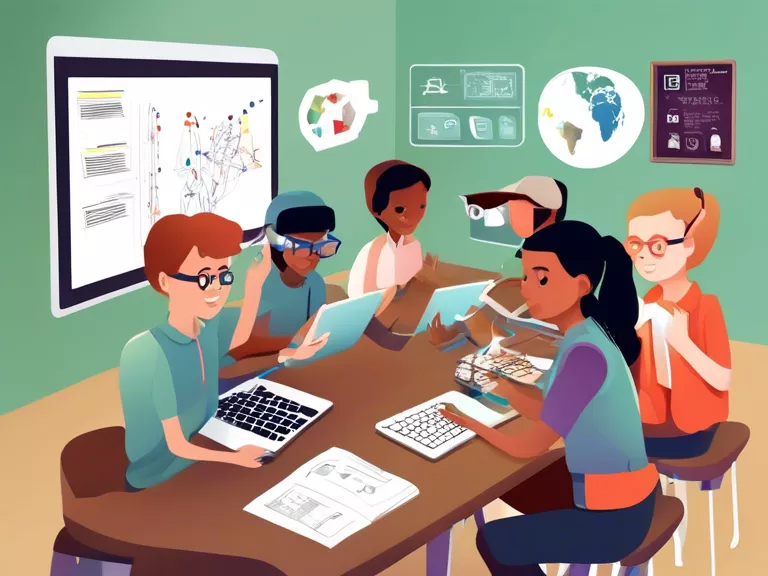
Introduction
In recent years, technology has revolutionized the way education is delivered in classrooms. One of the emerging trends in classroom learning is the integration of wearable tech devices. These innovative gadgets are changing the educational landscape by providing interactive and engaging learning experiences for students. Let's delve into the world of wearable tech and explore how it is transforming classroom learning.
Wearable Tech in Education
Enhancing Student Engagement
Wearable tech devices such as smartwatches, fitness trackers, and augmented reality glasses are being used to enhance student engagement in the classroom. These devices offer interactive learning experiences that make lessons more interesting and interactive.
Personalized Learning
One of the key benefits of wearable tech in education is the ability to provide personalized learning experiences. These devices can track students' progress, learning styles, and preferences, allowing educators to tailor instruction to individual needs.
Types of Wearable Tech in Classroom Learning
Smartwatches
Smartwatches are becoming popular tools in the classroom, allowing students to access educational apps, track their fitness levels, and receive notifications about assignments and deadlines.
Fitness Trackers
Fitness trackers are being used to promote physical activity and overall wellness among students. These devices can track steps, calories burned, and sleep patterns, encouraging students to lead a healthy lifestyle.
Augmented Reality Glasses
Augmented reality glasses offer immersive learning experiences by overlaying digital content onto the real world. Students can explore virtual simulations, conduct experiments, and interact with 3D models, making learning more engaging and hands-on.
Benefits of Wearable Tech in Classroom Learning
- Improved student engagement
- Personalized learning experiences
- Enhanced collaboration and communication
- Real-time feedback and assessment
- Promotes active learning and physical activity
Challenges and Considerations
While wearable tech holds great potential in education, there are some challenges and considerations to keep in mind. These include data privacy concerns, accessibility issues, cost implications, and the need for proper training for educators on how to effectively integrate these devices into the curriculum.
Conclusion
Wearable tech is reshaping the landscape of classroom learning by offering interactive, personalized, and engaging experiences for students. As technology continues to evolve, educators must embrace these innovations to enhance teaching and learning outcomes. By leveraging wearable tech devices, classrooms can become dynamic and immersive environments that foster creativity, collaboration, and critical thinking skills among students.

